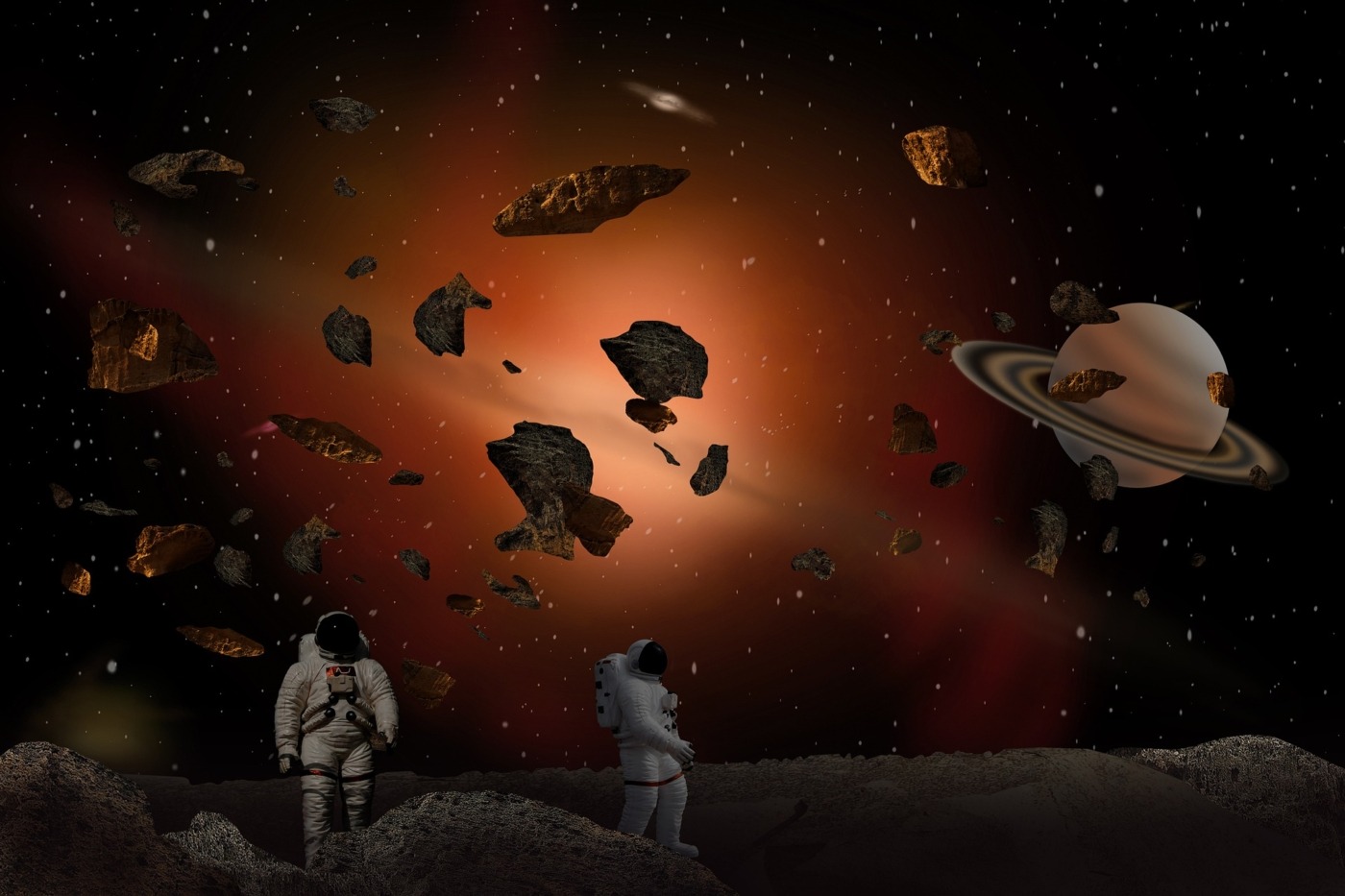Russian anti-satellite weapons test adds to the low Earth orbit debris problem
On 15th November 2021, Russia successfully tested their anti-satellite missile capabilities when they destroyed their own, non-operational satellite, Cosmos 1408. The test shattered the satellite into a cloud of more than 1,500 pieces of debris large enough to track (as well as many more pieces of smaller sizes) adding to a growing and, now, significant problem.
Even intact, defunct spacecraft are classed as space debris but they are substantial enough that they can be tracked and monitored from Earth. While it is still not ideal to have lots of these objects in orbit, it is possible to work around them in most cases. The bigger issue at present is that of the growing field of small scale debris in Low Earth Orbit (LEO).
Whether created in collisions between satellites, intentional destruction of satellites or fragmentation due to faults in design, small pieces of debris have been a by-product of satellite operation since Sputnik 1 launched in 1957. What makes these pieces still noteworthy despite their small size is that they move at speeds of several kilometres per second. At such high speeds, even the tiniest pieces of debris carry huge amounts of energy into collisions and have great potential for destruction.
We are now beginning to see the direct impacts of space debris for the first time as it has begun to influence operations outside of the atmosphere. One of the immediate consequences of this latest missile test was that the seven members of crew aboard the International Space Station (ISS) had to seek refuge in return pods due to concerns for their safety. Since then, debris (though not confirmed to be pieces due to this latest event) has also caused the postponement of a planned spacewalk as, again, guarantees could not be made regarding the safety of the astronauts.
Even the tiniest pieces of debris carry huge amounts of energy into collisions and have great potential for destruction
The test on 15th November was met with great condemnation by many other nations. Most vocal amongst these has been the US who have accused Russia of negligent practices and endangering the lives of the ISS crew. While Russia continues to deny any such consequences to their actions, the issue is plain for all to see.
Donald Kessler modelled the potential, uncontrolled growth of the debris field around Earth back in 1978. Now, Kessler syndrome is a common phrase to hear in this area of study and it refers to the way a single debris collision creates even more debris and, consequently, increases the probability and rate of future collisions. What results from all of this is a runaway process which could result in LEO becoming too hazardous an obstacle for any but the most well prepared missions to pass through.
The fact that this effect was highlighted in 1978 yet still poses an issue today is due in part to communities turning a blind eye to the problem. More recently, development of sensible operation guidelines by the Inter-Agency Space Debris Coordination Committee (IADC) have gone a long way to securing the future of satellite operation by introducing mitigating policies to slow the development of this issue. However, it alone is insufficient and cannot go about improving the current state.
This issue is only magnified by the recent commercial interest in satellite mega-constellations as well. With companies such as SpaceX and OneWeb all wanting to launch their own networks of thousands of satellites in orbit, it is clear that the satellite population around Earth is going to continue to grow. Therefore, there must be constant discussion about the most sustainable way to control this growth rather than the continuation of current modes of operation.
Though these issues have all been acknowledged, there is still a general consensus that too little is being done to remedy the issue. Much of this stems from issues over ownership and responsibility. In essence, no one nation is willing to (or should have to) foot the bill in this area. Reckless nonchalance with regards to the use of space have developed the situation this far and only a unified approach will move the current state of affairs back in the right direction.
There is still a general consensus that too little is being done to remedy the issue
That is one of the main reasons this latest example of negligence has been so harshly criticised. Not only does this directly endanger the lives of crew living in orbit, it also puts the future of space operations at risk. People have quoted earlier weapons tests by other nations in defence of this action but those were conducted in a different time and when this issue was less generally recognised. What has happened now is that actions have been taken directly against the greater good and in pursuit of the goals of an individual state rather than in the interest of all mankind.
Regardless of their reasoning, this example must draw more attention to the debris problem in LEO. Kessler syndrome is an inevitable consequence of inaction so now is the time to act and begin the move towards sustainable orbital operations.

Comments